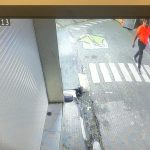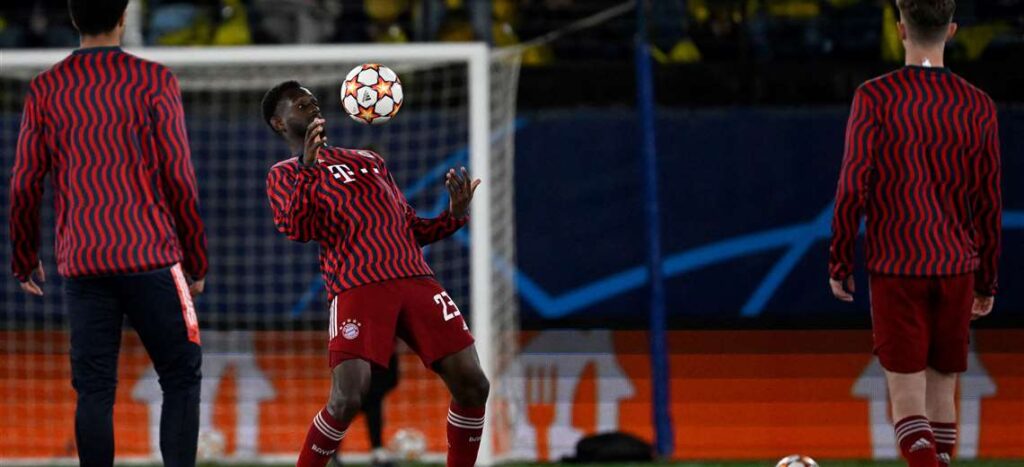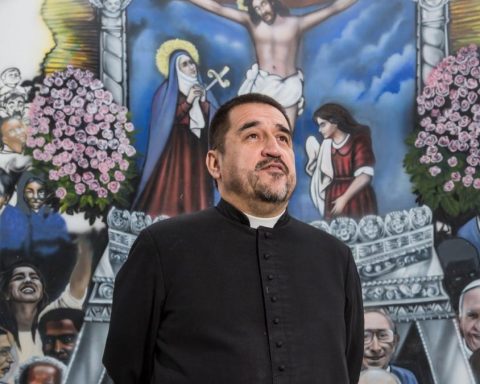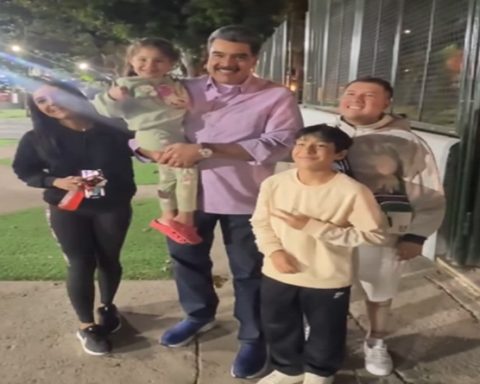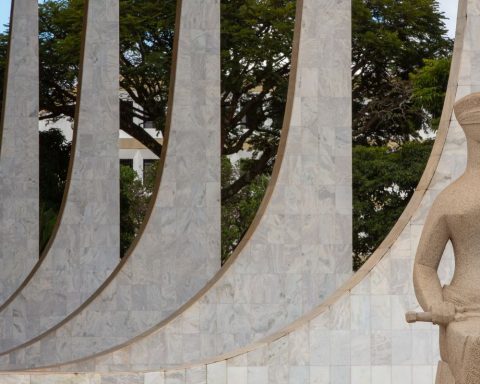On April 2, 1982, Argentina disputed with the United Kingdom the sovereignty of the Malvinas Islands, the archipelago of 11,718 km2 of surface, located about 600 km from the Argentine coast.
Although the dispute over the territory dates back more than 500 years, on April 2, 1982, the ruling military junta, commanded by Leopoldo Fortunato Galtieri, ordered the invasion of the islands, in the midst of a serious internal crisis.
According to the Ministry of Defense, more than 23,000 Argentine soldiers landed in the Malvinas, the vast majority of them barely 18 years old, including, Ariel Tascona citizen from Mar del Plata.
Ariel Tasconbarely of legal age, was conscripted to compulsory military service and by lottery he was summoned to the Army: on March 8, 1982, he began his first military training.
Although at that time the Argentinian begins his preparation for military service in Mar del Plata, he was far from imagining that later he would be part of one of the most historic conflicts and that unites the entire Argentine people in a common cause.
Just before the war started Ariel Tascon he had passed the entrance exam to enter the Faculty of Architecture; however, later the plans changed, because on April 2 he was informed that he would be transferred to Malvinas.

Come to war unprepared
Less than a month after starting military service, Ariel he becomes one of the more than 200 soldiers of his command that would form part of the troops that would be installed in Malvinas.
With the minimum of equipment and with few instructions for the handling of weapons, he began to practice shooting with the rest of his companions in the federal range of Mar del Plata.
Despite the little preparation he had, he believed – like many other Argentine soldiers – that the conflict would be resolved through diplomatic means and, with the courage that youth brings, he saw that moment as an adventure.
Although he knew that things could go wrong, he honorably assumed the responsibility entrusted to him to serve the country.

Just a few days before the call, before leaving he manages to say goodbye to his family and is then transferred to the airport along with the rest of the Argentine soldiers to start the trip.
The soldiers did not have good weapons, he confesses Ariel exclusively for Minuto Argentina, but they did have adequate anti-aircraft artillery, which was one of the main obstacles for the British.
Convinced that the mobilization of troops would only serve to put pressure on the United Kingdom, they arrive in the islands and spend the first weeks with much uncertainty about what could happen.

It was not then until May 1, when the conflict really started with a British bombardment, that the soldiers had to take up arms to defend themselves from the war.
“The only thing I thought about was saving my life,” he says. Arielwho after finding himself in the middle of the harassment sought refuge in a wellwhere he waited in a fetal position for the attack to end.

The trench foot that put the life of Ariel Tascón at risk
With the passing of the days of the conflict and due to the poor endowment he had, including boots and clothing, which were used, he presented a complex health problem.
Since the boots were broken, the soldier’s feet Argentinian were more in contact with the weather. This, added to the low temperatures and humidity, caused an acute vascular disorder.
This pathology in war is known as trench foot and causes the lower limbs to become inflamed, painful and an infection is generated.

The combination of cold and humidity softens the skin and causes wounds. It even cuts off blood circulation, leading to tissue damage, i.e. superficial gangrene that can progress if left untreated.
Yes OK Ariel He presented this disease in both feet, his left limb was the most affected, which, with the passing of days and due to the lack of medical assistance, forced him to crawl in order to move.
During the 76 days that he was in the war he suffered from trench foot and each day was worse, so he thought about retiring, but precisely when he made that decision, on June 14, the conflict ended.
The Canberra: the place where Ariel Tascón got to know the English up close
On June 14, the British military forces seized the port that the Argentines had installed in Malvinas; As a consequence, Argentina surrendered and ordered the withdrawal of its troops and a ceasefire.
However, the Argentine soldiers were taken as prisoners on the Canberra, an ocean liner that served as a troop carrier during the war.
There he was taken Arielwho, thanks to the progress of his illness, could not walk, so he had to be transferred to the port in a Jeep with other wounded people after having an argument with his superiors, who wanted to force him to walk.

As he was wounded, he had priority at the entrance and, once inside, they gave him medical assistance on the ship. He was also housed in the hospital that had been temporarily installed in the Canberra.
Although it was only a few days that he was on board, the treatment he received from the English was very special and cordial, since they gave him all the necessary attention while being transferred to the mainland.
Of those moments spent on the boat Ariel He recalled, in an interview for Minute Argentina, that the English confiscated the food that the soldiers had brought from the city and then distributed it among everyone.
All the collected food was put together, divided up and they gave each of the wounded a little bit of what they had to share the food.

However, perhaps the most anecdotal moment that he lived on the ship and that he remembers today with great feeling, was the signing of a menu by several soldiers, both English and Argentine.
The menu, which later, thanks to an Argentine citizen, became famous through social networks, allowed Ariel and other ex-combatants meet again after more than 30 years.
That menu, the Argentine ex-soldier preserves as one of his most precious treasures, which at the same time allows him to recall a moment that was etched forever in his memory.
This, since once they were informed that they were going to disembark in Puerto Madryn, the same soldiers proposed to sign some postcards together to leave a record of their history.

One of those who signed the soldier’s postcard was the Englishman Brian Short, who despite his differences with the Argentine soldiers about the conflict, wanted to say goodbye before everyone disembarked.
The exchange of signatures reaffirmed that more than soldiers they were human beings, as the same Tascon moved:
The conflict was over. We were two human beings who had finished the war and who said goodbye.

The moment that Ariel Tascón does not erase from the Falklands War
Despite the fact that the conflict lasted relatively little, the Argentine was not spared from experiencing the hostility of the war and recalls, very shocked, how on June 3, after a guard, his commando was attacked by a missile.
Within seconds of reaching his tent after handing over guard to another soldier, he launched the attack.

I open the cloth of the tent to enter, I remove the rifle from my shoulder, take off my helmet and when I take off my helmet I hear the sound of a plane, and it wasn’t really a plane, it was a missile.
The missile had been launched by a British bomber that was trying to destroy the main radar of the Argentine air force, although it did not manage to capture it, it did perceive the wave of a weaker radar, the one that guarded Ariel.
Picking up that radar, the bomber sent the missile, which hit the Argentine soldiers. The attack left a casualty of 4 people, the fifth, the soldier who replaced TasconHe was miraculously saved by falling into a well.
Ariel Tascón returns to Malvinas after 36 years
Once the war was over, Tascon He received the medical treatment he needed to treat his illness, with which he managed to save his feet, especially the left one, which was more deteriorated.
For two months he was hospitalized and in the midst of recovery he lived the most awaited moment: the reunion with his family that, as he himself says, there is no point in talking about how it was.
After receiving medical discharge, he manages to reintegrate into society and resume his life, he also begins his architecture studies, as he had planned to do since before the war.
Finally, after continuing with her day to day, with great support from her family, who were a fundamental part of her recovery since there are important psychological consequences, in 2018 she returns to Malvinas.

This, thanks to a surprise trip that his wife and two children gave him, who accompanied him to commemorate this historic event, from the same place that marked him forever.
There he visited the Darwin cemetery, where more than a hundred soldiers were buried; In addition, he managed to go to the exact place where he had combat positions, among them, where he was the victim of the missile.

Now, 40 years after the start of the Malvinas war, Ariel concludes from all this experience, which left an indelible mark on its history, that life must be valued and enjoyed, because there is only one.








